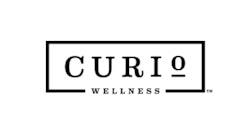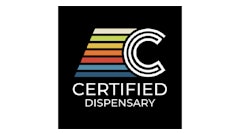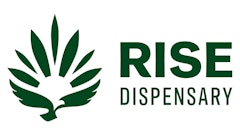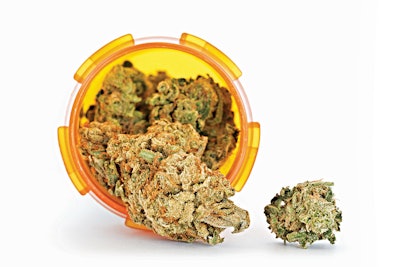
Since adult-use legalization began, California regulators have been on the road performing random, surprise compliance checks at licensed cultivators, manufacturers
This puts the state’s regulated cannabis businesses in a quandary. The new (temporary) regulations were issued only weeks before the Jan. 1 implementation date, leaving most companies without adequate time to design, manufacture and receive compliant packaging and labeling materials. This has left compliance up to individual retailers, who, under temporary regulations for the “transition to the legal market,” can place all non-compliant products into one big, compliant exit bag in hopes of satisfying the regulators.
At Magnolia Wellness, the dispensary I manage in Oakland, Calif., each exit bag must have five warning labels. First is the “universal warning symbol,” a triangle with an exclamation point and a marijuana leaf inside. The state mandates the size of this symbol, and
Then there are two “government warnings”—one for edibles and one for other cannabis products. These warnings indicate that cannabis is a Schedule 1 controlled substance, that it should be kept away from children and that it is only legal for medical users and people 21 and older. Each warning states that cannabis may be harmful to pregnant or breastfeeding
Finally, California requires the Proposition 65 (also called the “Safe Drinking Water and Toxic Enforcement Act”) warning, which tells consumers that cannabis contains chemicals that are known to cause cancer, such as beta-myrcene, as well as cadmium, which is associated with birth defects and other reproductive harms. Private lawyers are searching for ways to profit off Prop. 65 by challenging dispensaries’ compliance. Include this warning, or be sued and lose.
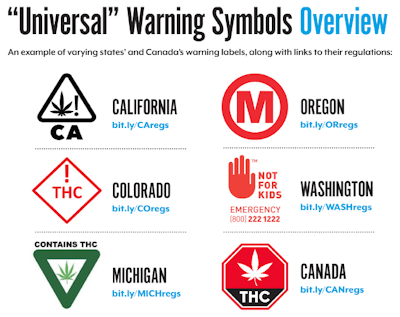
Primary Panels
Two cannabis label categories
Across the board, though, there are two big no-no’s. First, do not create labeled packages that are attractive to children or that could cause accidental consumption by an unwitting adult. All products must be clearly labeled as “
Second, make sure your product labels do not contain trademark violations. Several early cannabis entrepreneurs created spoof brands, like Girl Scout Cookies (now GSC) and Gorilla Glue (now GG#4), and the highly unamused holders of these trademarks sued. The Girl Scouts of America sends cease and desist letters to anyone it finds violating its trademark, insisting all products labeled with its name be pulled immediately or swift legal action would follow. There is no defense to these claims, so it is simply not worth facing these losing battles.
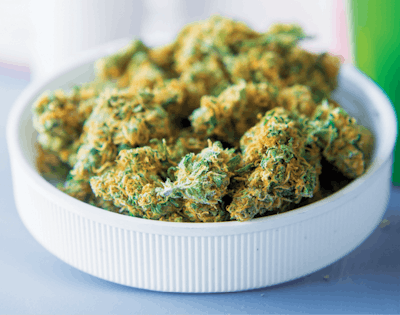
Information Panels
Information panels contain all the fine print, such as ingredients and allergy warnings. State by state, the requirements differ, including what information must be included, how it is affixed to the package and the size of each warning. These are the general requirements for information panels:
- Company name and contact information
- Manufacture or harvest date
- “Best used by” date
- Ingredient list
- Allergen information
- Nutritional information, including calories, fat, sugar and carbohydrates
- Instructions for use
- Serving size/dosage amount
- Pesticides used in production
- Solvents used in production
- Any required government warnings
Be sure to read all your state’s regulations thoroughly before designing any packaging or labels. Cannabis companies need to create and sell brands that both look great on the shelf and are fully compliant with state laws. If not, they will face the wrath of regulators, who have the authority to close retail shops or suspend permits for non-compliance. Create lasting brands instead, with proper packaging, standardized labels and tasteful imagery, and your company stands a great chance of succeeding compliantly well into the future.

















